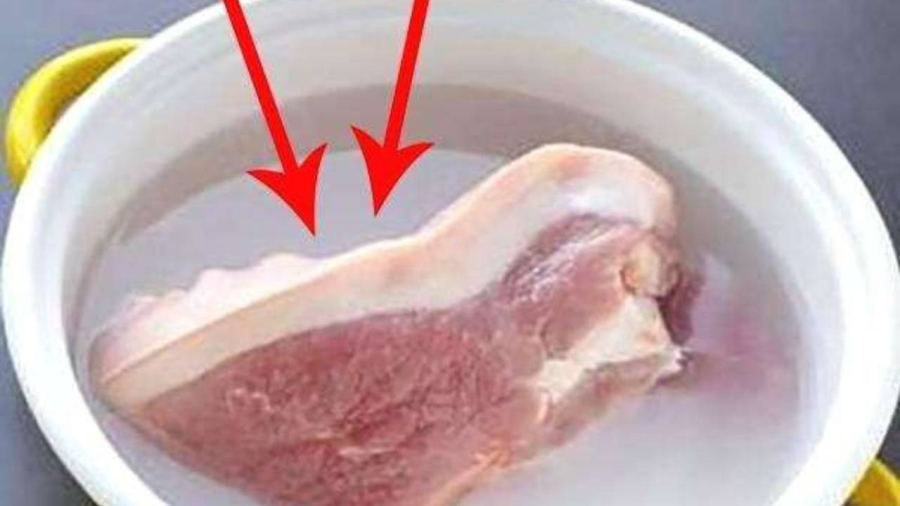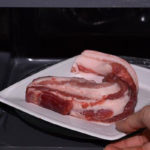1. Thawing with Cold Water

Thawing with cold water is one of the most effective and easiest methods
Thawing with cold water is one of the most effective and easiest methods. This technique quickly restores food to its original structure.
Note: Before thawing, it’s recommended to place the food in a sealed bag to prevent bacterial contamination and nutrient loss. Depending on the weight of the food, the thawing time can range from 45 minutes to 2 hours.
Adding a pinch of salt or crushed fresh ginger to the water helps maintain the food’s freshness. Change the water every 30 minutes, and cook immediately after thawing to ensure the food retains its flavor and doesn’t spoil.
2. Slow Thawing in the Fridge
If you have ample time, slowly thawing in the fridge is the optimal and safest choice. Simply move the food from the freezer to the refrigerator, and it will thaw naturally.
Food Storage: To prevent water from dripping out of the frozen food and into your fridge, place the food in an airtight container or a sealed bag. This method not only prevents bacterial contamination but also allows for extended storage of 3-5 days if not used immediately.
3. Microwave Thawing
When you need to thaw food quickly for immediate cooking, the microwave is the perfect solution. It only takes a few minutes to safely defrost your food.
Note: This method is only suitable if you plan to cook the food immediately afterward. Leaving it for an extended period may lead to bacterial growth, affecting your health.
4. Sugar Water Thawing
Thawing with sugar water is particularly suitable for meat or vegetables. However, it’s not recommended for seafood as it can alter the taste during cooking.
Instructions: Prepare warm water at approximately 40°C by mixing cold and hot water in a 5:1 ratio. Add 2 tablespoons of sugar and stir until dissolved. Then, submerge the food. The sugar and warm water solution will help meat thaw quickly, usually within 7-10 minutes.
5. Salt and Vinegar Thawing
Common household ingredients like salt and vinegar can be used to safely and quickly defrost your food.
Instructions: Dissolve salt and vinegar in a bowl of water, then submerge your meat or seafood. The acetic acid in vinegar lowers the freezing point of water, while salt acts as a catalyst to speed up the thawing process and eliminate bacteria.
6. Ginger Thawing
Ginger thawing is a simple and effective method that helps retain the natural flavor of the food.
Instructions: Prepare a basin of warm water at about 40°C, add a few thin slices of ginger, and stir. Then, place the meat you want to thaw in the basin. Ginger has a warming effect, helping the meat thaw quickly while preserving its natural red color and nutrients.
By using these methods, you can efficiently defrost your food while ensuring safety and maintaining the integrity of your meals.

































